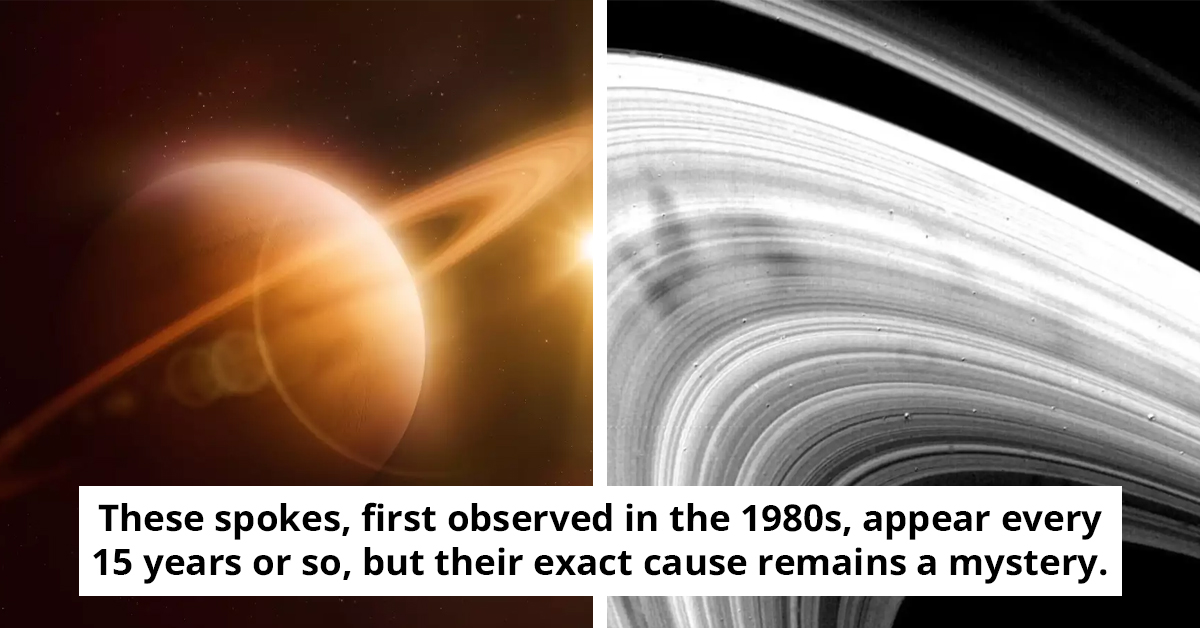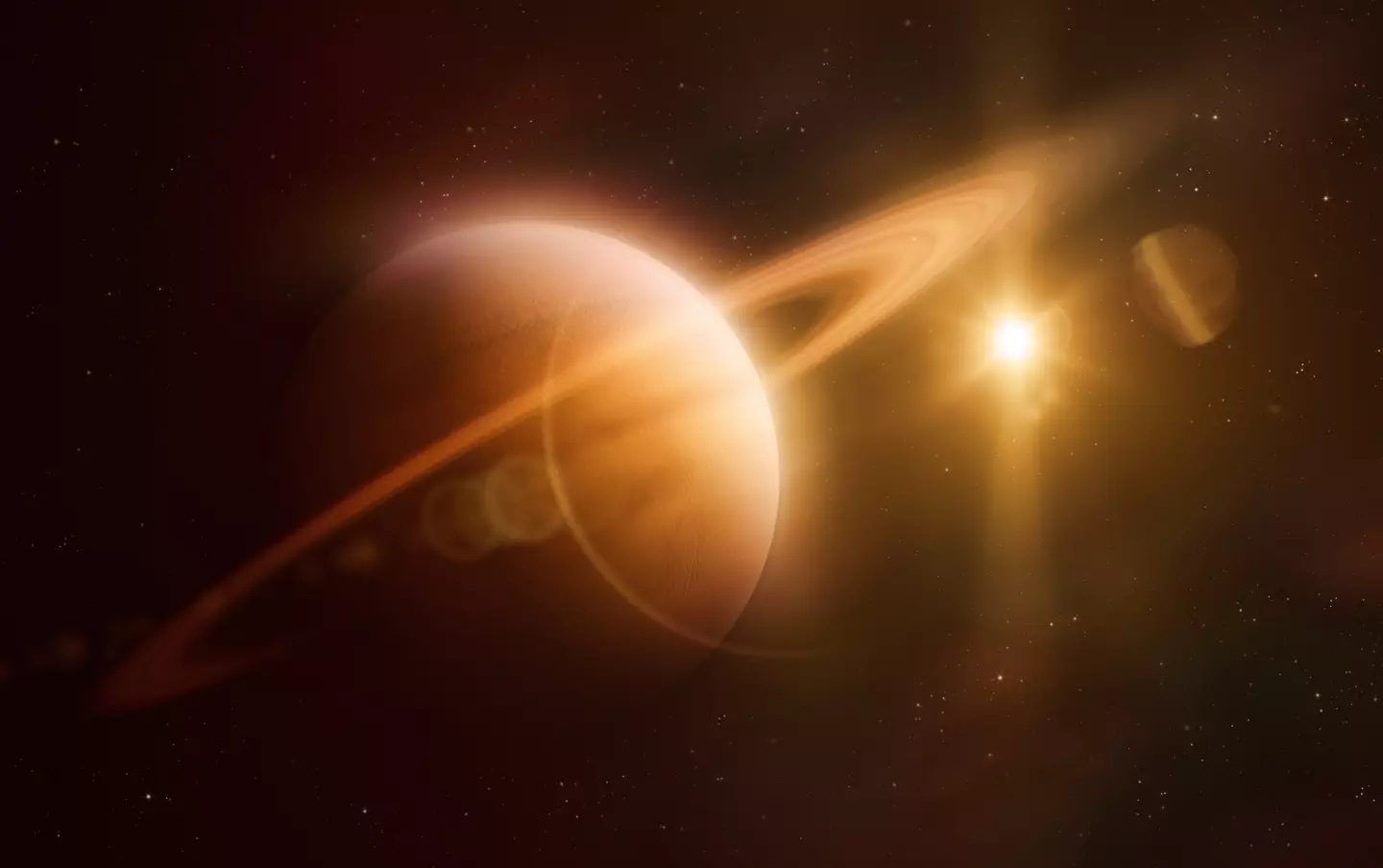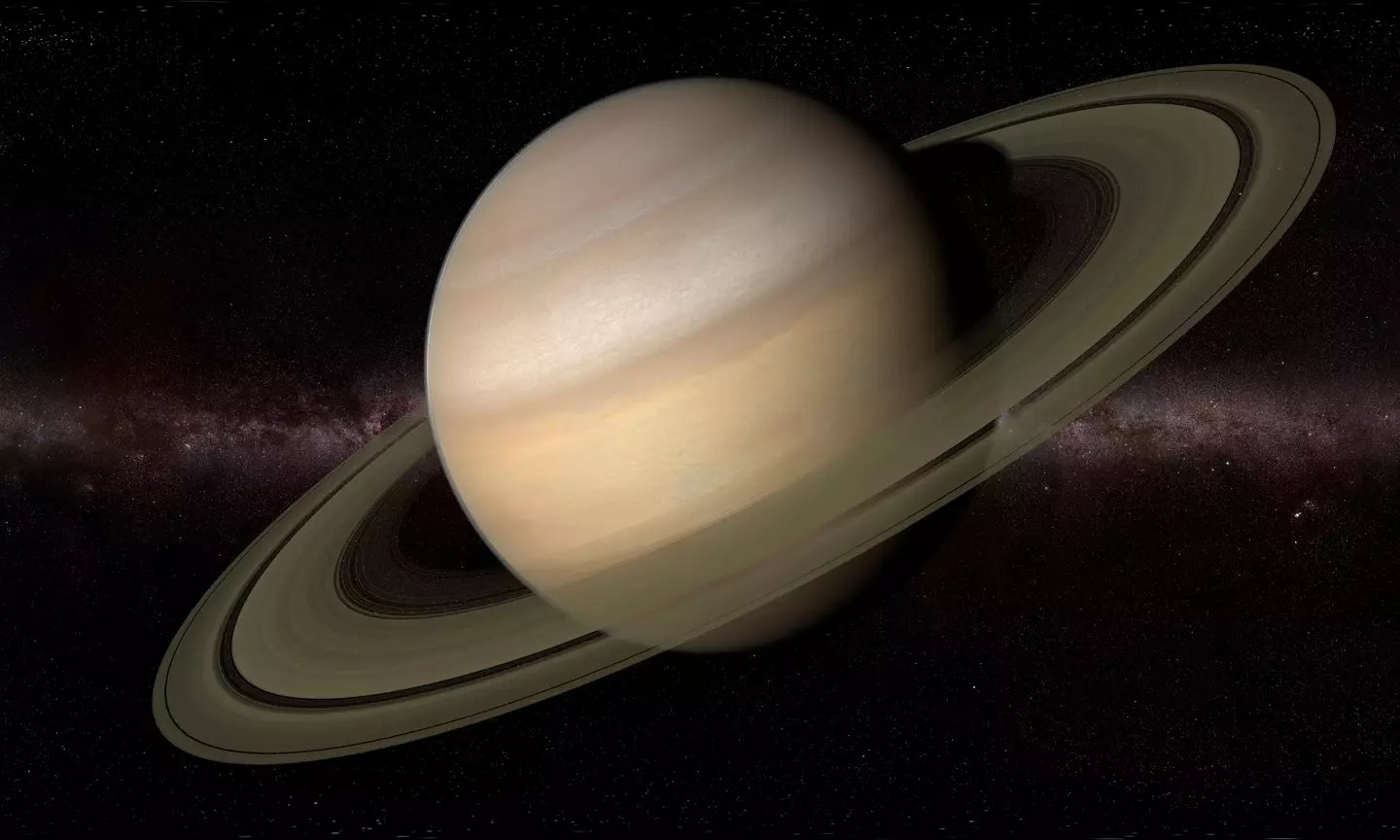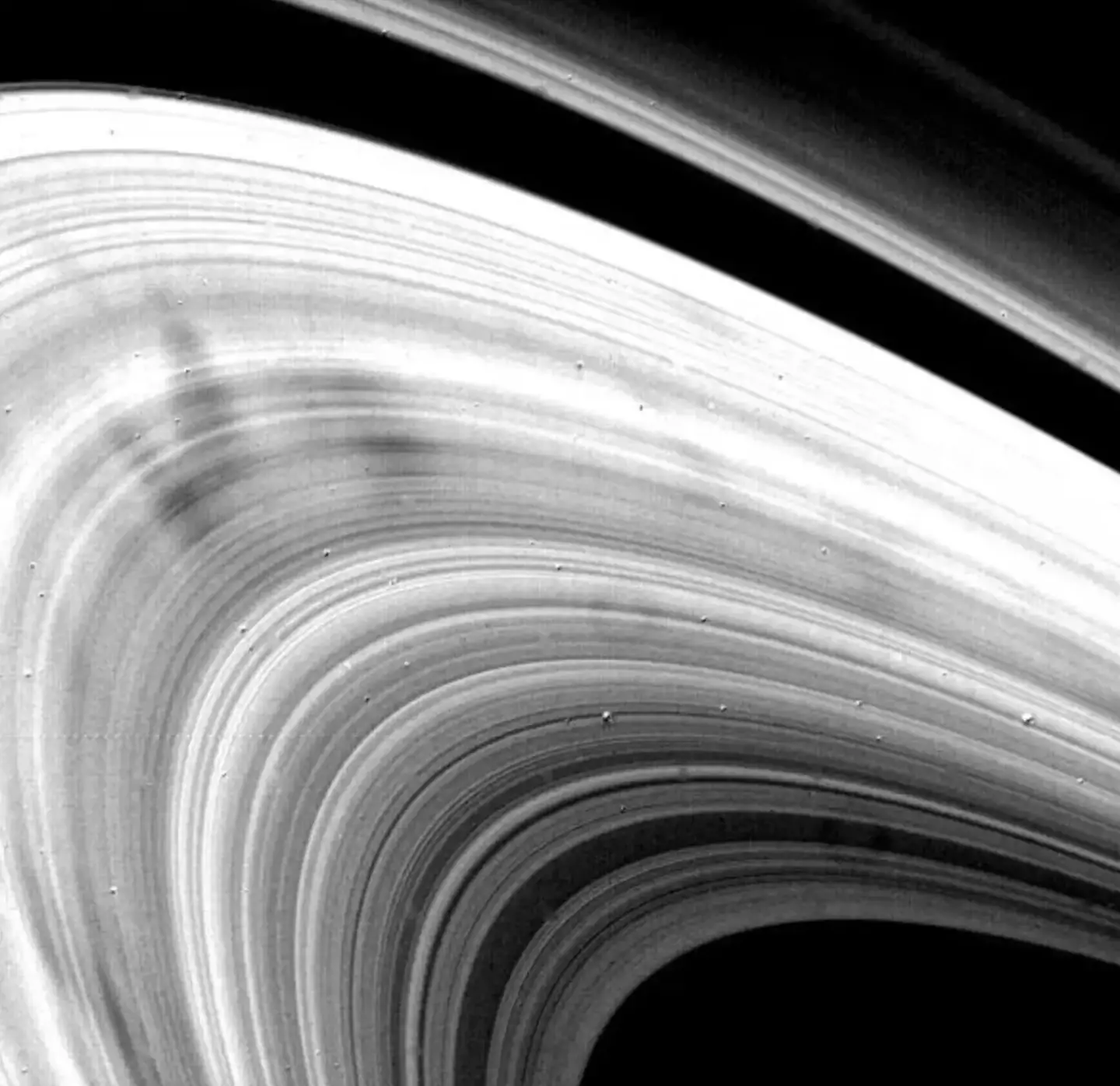
Saturn’s Rings Are About To Disappear—Here’s Why And What It Means For The Future
Catch a glimpse before they're gone—Saturn's rings are about to play a disappearing act!

Saturn, the gas giant that has long captivated our imaginations with its stunning rings, is about to perform a cosmic disappearing act. In just a few months, those iconic rings will seemingly vanish from our view, leaving astronomers and space enthusiasts scratching their heads.
But don’t worry—there’s more to this story than meets the eye, and the disappearance isn’t permanent.
Saturn’s rings, which are composed of billions of chunks of ice, rock, and dust, have been a subject of fascination ever since Galileo Galilei first observed them through a telescope in 1610. For centuries, these rings have been one of the most recognizable features of our solar system, prominently featured in countless images and textbooks.
However, this spectacular celestial display is about to take a brief hiatus, disappearing from our view not because of some catastrophic event, but due to a predictable cosmic phenomenon.
In March 2025, Saturn will tilt in such a way that its rings will become invisible from Earth. This disappearance is part of a regular cycle that occurs approximately every 29.5 years, coinciding with Saturn’s orbit around the Sun.
On March 23, 2025, the angle of Saturn’s tilt will drop to zero, effectively making its rings vanish from our perspective. Just when you think they’re gone for good, the rings will briefly return, only to disappear again in November of the same year.
While this may seem alarming to some, it’s actually just a quirk of Saturn’s celestial mechanics—an event that has happened many times before and will continue to happen in the future.
But this temporary disappearance is only one chapter in the ongoing story of Saturn’s rings. There’s another, much longer-term process taking place that will eventually lead to their permanent disappearance.
According to data collected by NASA’s Cassini spacecraft, which orbited Saturn from 2004 to 2017, the rings are gradually disintegrating.
 Getty Stock Photo
Getty Stock PhotoScientists initially believed it would take around 300 million years for Saturn’s rings to vanish entirely, but new data suggests that the process may be much quicker—potentially taking only 100 million years.
This accelerated timeline is due to the combined effects of the Sun’s ultraviolet radiation and collisions with meteoroids, which cause the ice particles in the rings to vaporize and slowly drain away.
So, while Saturn’s rings will one day disappear for good, that time is still far off in the future.
For now, their temporary vanishing act is simply a reminder of the dynamic and ever-changing nature of our solar system. The rings’ disappearance in 2025 will be an exciting event for astronomers, offering a unique opportunity to study the planet’s other features without the rings dominating the view.
 Getty Stock Photo
Getty Stock PhotoAdding to the mystery of Saturn’s rings is the appearance of strange smudges known as “spokes” that periodically show up on the rings.
These spokes, first observed in the 1980s, appear every 15 years or so, but their exact cause remains a mystery. Last year, these enigmatic spokes were once again spotted by the Hubble Telescope, prompting renewed interest from scientists.
 NASA
NASANASA planetary scientist Amy Simon expressed excitement over the potential for new insights, stating, “Thanks to Hubble's OPAL program, which is building an archive of data on the outer solar system planets, we will have longer dedicated time to study Saturn's spokes this season than ever before.”
As researchers continue to dive into the mysteries of Saturn’s rings, this iconic feature of our solar system remains a source of wonder and intrigue. So, while the rings may disappear from view for a short time in 2025, their legacy—and the secrets they hold—will continue to captivate us for generations to come.
Sophia







